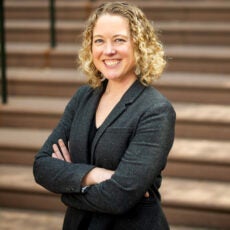
Decoding Trump’s Climate Priorities—or Lack Thereof
Stripping agencies of power may be the greatest source of impact of Trump’s energy and climate agenda.
As the reality of a second Trump term sets in, and at the same time as annual global climate negotiations are underway in Baku, Azerbaijan, many are questioning the implications of a Trump 2.0 presidency for energy and the climate. The answer, I believe, requires a bit of guesswork about his priorities — as well as an understanding of the extent of his powers in reversing the energy transition.
Donald Trump ran a campaign that was largely void of policy priorities, which makes it somewhat difficult to predict his climate and energy plans once back in the White House. But he did campaign on slogans, while also dropping views on various energy and climate topics in his narrative “weave” during rallies and other speaking events, including two on energy priorities: 1) “drill, baby, drill” and 2) prohibit offshore wind projects.
The slogan “drill, baby, drill” is recycled from a campaign from nearly two decades ago, and later adopted by vice presidential candidate Sarah Palin. The underlying priority is to expand oil and gas extraction. To encourage this expansion, President Trump will prioritize executive orders — likely in his first few days in office — that open more federal lands to oil and gas leasing and reduce the permitting and other regulatory requirements associated with drilling and extraction operations.
An important question, however, is what will be the efficacy of such developments? U.S. oil and gas production is already at an all-time high. And although expanding supply can presumably reduce costs for consumers, the market conditions are complex and make the basic Economics 101 story far more complicated.
Read the full commentary from Sanya Carley in the Philadelphia Inquirer.
Sanya Carley
Mark Alan Hughes Faculty DirectorSanya Carley is the Faculty Director of the Kleinman Center. She is also Vice Provost for Climate Science, Policy, and Action at Penn and Presidential Distinguished Professor of Energy Policy and City Planning at the Stuart Weitzman School of Design.

